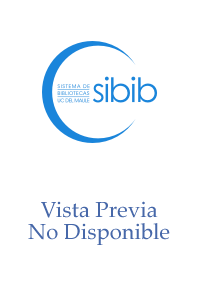Valorization of food waste to produce intelligent nanofibrous β-chitin films

Autor
Cabrera-Barjas, Gustavo
Radovanović, Neda
Bravo, Gaston
De la Torre, Alexander F.
Valdés, Oscar
Nesic, Aleksandra
Fecha
2021Resumen
The efficient use of waste from food processing industry is one of the innovative approaches within sustainable development, because it can be transferred into added value products, which could improve economic, energetic and environmental sectors. In this context, the squid pen waste from seafood industry was used as raw material to obtain nanofibrous β-chitin films. In order to extend functionality of obtained films, elderberry extract obtained from biomass was added at different concentrations. The tensile strength of chitin-elderberry extract films was improved by 52%, elongation at break by 153% and water vapor barrier by 65%. The obtained material showed distinct color change when subjected to acidic or basic solutions. It was proven by CIELab color analysis that all color changes could be easily perceived visually. In addition, the obtained nanofibrous film was successfully used to monitor the freshness of Hake fish. Namely, when the film was introduced in a package that contained fresh fish, its color was efficiently changed within the time during the storage at 4 °C. The obtained results demonstrated that food processing waste could be efficiently valorized, and could give sustainable food package design as a spoilage indicator of high protein food.
Fuente
International Journal of Biological Macromolecules, 186, 92-99Link de Acceso
Click aquí para ver el documentoIdentificador DOI
doi.org/10.1016/j.ijbiomac.2021.07.045Colecciones
La publicación tiene asociados los siguientes ficheros de licencia:

